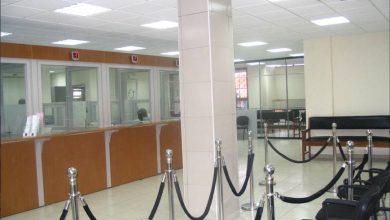What next after excessive borrowing?
It is no longer news that the Malawi Government is borrowing heavily from the domestic market. What is news and a matter of concern, though, is the impact of the borrowing on the economy.
With commercial bank lending rates pegged at above 40 percent, very few individuals and businesses can afford to get a loan.
Treasury bills (T-bill), instruments used by government to borrow money from the public, have once more become a very lucrative investment with earnings hovering around 45 percent and more! This is an indication of excessive borrowing from the domestic market by authorities through the Reserve Bank of Malawi (RBM).
The high cost of borrowing has effectively strangled the private sector which, at the prevailing rates, can hardly borrow for investment to grow their businesses.
The private sector has been crowded out, as it were. In the short to medium-terms, the tight monetary policy and weak fiscal performance will likely see the prevailing of the high interest rates and inflationary environment. At the end of the day, growth is being stifled as the private sector will no longer be investing in new ventures and expansion.
The ball is in government’s court to take its appetite for spending and borrowing through financial prudence.
On growth, the International Monetary Fund (IMF) has forecast Malawi ’s real gross domestic product (GDP) growth rate at 6.1 percent next year, representing a 4.1 percentage points increase over the rate achieved in 2012.
Well, this sounds good music to the ear. But, the risks remain the high inflation rates, continuing depreciation of the currency and high interest rates fuelled by excessive government borrowing.
Borrowing itself is not bad, as long as it adds value and the debt can be settled within an agreed time without driving the borrower into liquidation and utter ruin.
I was around in 2006 when 90 percent of our $3 billion foreign debt was written off under the Highly Indebted Poor Countries (Hipc) initiative. That was a big relief! But, sadly, since then, I have noted that we are slowly drifting back into heavy indebtedness.
There are also other realities to be considered when borrowing. Firstly, we have to appreciate that Malawi is not an island; it is part of a global family. Right now, some of the richest nations in the world, whom we still rely on for financial assistance nearly 49 years after attaining independence, are making drastic cuts to public expenditure, implementing austerity measures to save their people from drowning in the whirlpool of national debt. These are lessons we should be learning from them.
Since independence, Malawi has borrowed extensively to fund capital projects on grounds that these would benefit the nation, but what impact has all this had on the economy and on the people of this country? Has central government conducted studies to find out if we had returns on all these investments?
Today, we are saying we are “within the acceptable levels” to sustain our debt. I may not have been born many rains ago, but before reaching the pre-2006 unsustainable debt levels, the country was also in the current position. The current positive ratios are merely statistics worked out using a formula which can change any time.
The nation expects an explanation on why we continue borrowing. What are the funds being used for? What happened to the funds allocated to such projects? If there have been delays, what guarantee is there that everything will be alright?
If we are not careful, we run the risk of mortgaging this country and its people to Shylocks who will one day demand their pound of flesh.



